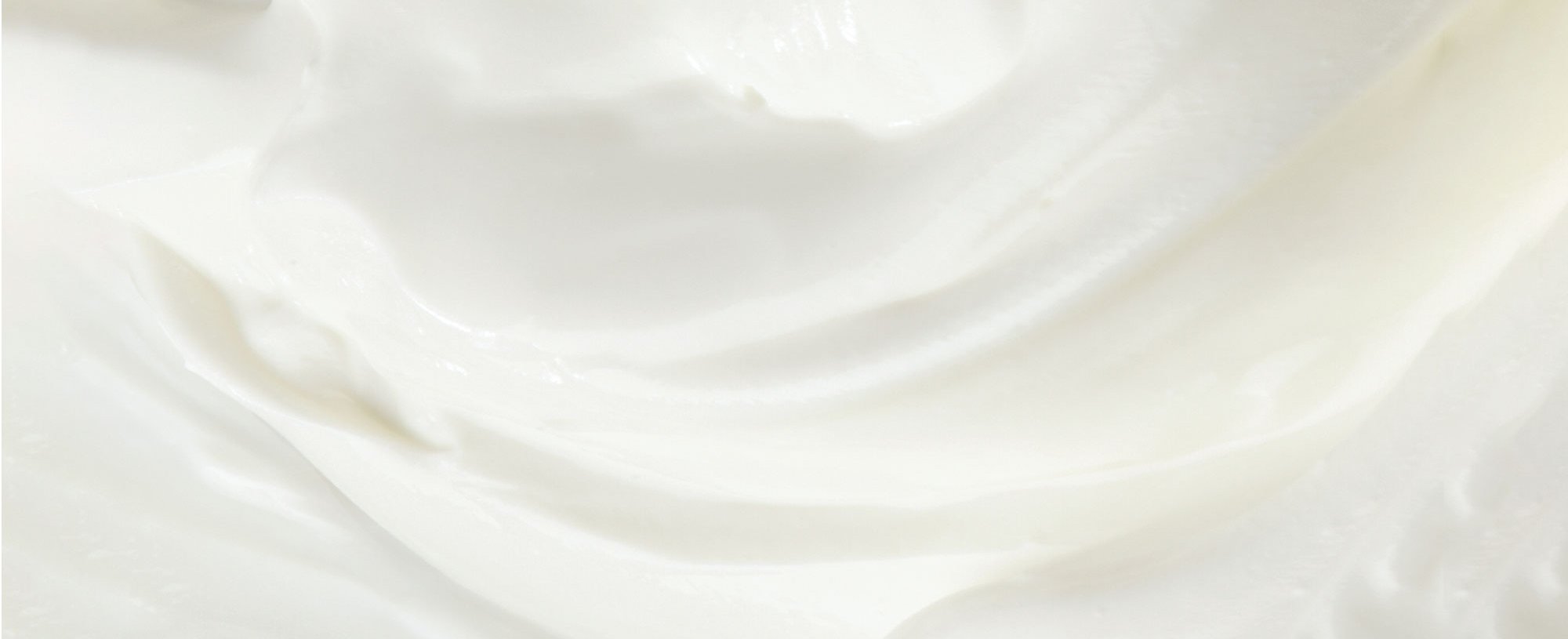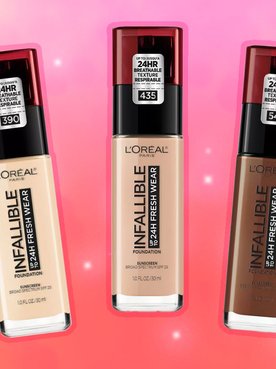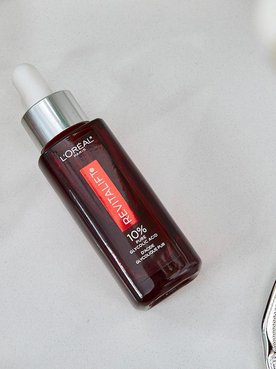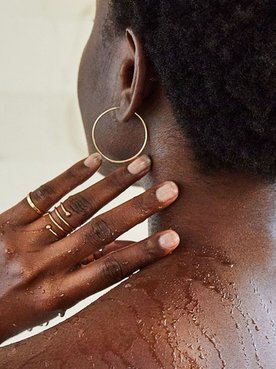If you’ve ever seen a DIY face mask recipe in a magazine or on a blog, you’ve likely considered getting crafty in your kitchen so you can add a DIY mask to your own skin care routine. But, is it really wise to combine common household ingredients and slather a homemade face mask concoction all over your complexion? Sure, ingredients like aloe vera and honey have known skin benefits, but even if you research how to make a face mask, it may not be the best idea to just start coating your skin with any ingredient you know is popular. Why, you ask? Keep reading to learn all about homemade face mask safety so you can determine once and for all whether it’s wise to take a do-it-yourself approach to masking.
WHAT ARE DIY FACE MASKS?
Like the name suggests, DIY face masks are skin care mixtures that you make yourself. Often, the recipe for DIY face masks calls for ingredients that you probably already have in your kitchen, which is likely one reason they’ve gained popularity. Common ingredients for homemade face mask recipes to include are olive oil, coconut oil, avocado, honey, raw oats, yogurt, lemon juice, and turmeric powder. Regardless of where you found the recipe—whether in a magazine, an online blog, or on Pinterest—it will likely advise you to mix together a certain amount of each ingredient (but not necessarily all of those), then apply it onto your face for a certain period of time just like any other face mask.
ARE HOMEMADE FACE MASKS SAFE?
While DIY face masks are always on-trend, we don’t recommend creating your own skin care products. First things first, you aren’t a cosmetic chemist. Cosmetic chemists may create products using the ingredients in the very recipes you're considering making, but they have knowledge and resources that most of us do not. They’re able to determine the correct concentration of each ingredient and also understand how certain ingredients will work (or not work) together. The products they create also go through rigorous testing to ensure they’re safe for use on the skin, and we’re guessing your DIY masks aren’t being held to quite the same standards.
HOW TO SAFELY USE FACE MASKS
Of course, we are in no way advising against the use of face masks altogether! Instead of going the DIY route, choose a face mask that’s formulated to address your skin care concerns. You won’t have to go through the trouble of whipping up the mask yourself, and you can expect it to live up to the claims on its packaging. Here are some of your best options:
L’Oréal Paris Pure-Clay Detox & Brighten Face Mask: Over time, harsh environmental factors like pollution and debris can damage skin, leaving your complexion looking dull and tired. This face mask is infused with charcoal to help draw out the buildup of impurities, dirt, and pollution, reduce the look of dull skin, and even out skin tone. Skin will look brighter immediately.
L’Oréal Paris Pure-Clay Clear & Comfort Face Mask: Over time, harsh cleansing can be drying and sensitizing, leaving skin uncomfortable. As a result, skin needs cleansing that is effective yet gentle. This face mask is formulated with seaweed to help draw out the buildup of impurities, dirt, and oils, visibly reduce imperfections, clear the look of congested pores, and gently cleanse stressed areas. Skin will feel refreshed and comfortable immediately after use.
L’Oréal Paris Pure-Clay Clarify & Smooth Face Mask: Daily wear and tear—makeup and improper care—can leave skin uneven with roughness and imperfections. Often times a facial cleanser isn’t enough to solve this problem. This face mask—which is formulated with yuzu lemon—helps to draw out the buildup of impurities, dirt, and pollution, shed rough, dead skin cells, clarify tone, and improve skin texture. Immediately after use, skin is left with a clean glow.
L’Oréal Paris Pure-Clay Exfoliate & Refining Face Mask: Day after day, dead skin cells can accumulate on the surface of your skin, leaving your complexion feeling rough. This face mask is enhanced with red algae extract to draw out the buildup of impurities, dirt, and oils, exfoliate dead skin cells, smooth the look of imperfections, and allow skin to breathe. Immediately after use, you’ll notice your skin texture appears refined.
HOW TO CUSTOMIZE YOUR FACE MASK EXPERIENCE
If you were set on customizing your skin care routine—we know personalized skin care is seriously trendy—let us suggest multi-masking instead of creating a DIY face mask. For those who aren’t yet familiar with how to multi-mask, it’s time to get educated.
Multi-masking works like this: You simply apply different face masks onto different parts of your face. For example, perhaps you tend to break out mainly on your T-zone, while your cheeks are usually on the dry side. In this case, you could apply a mattifying mask on the areas where your skin gets oilier and a hydrating mask on your dry patches. This method allows you to fully customize your entire face mask experience based on your skin concerns, needs, and how your complexion is feeling that day. Pretty neat, right?
Now, the real question isn’t whether or not you’re going to multi-mask, it’s how! To make it easier for you, pick up a multi-masking kit with a few masks that pair perfectly together, like the L’Oréal Paris Pure-Clay Multi-Mask Clay Tripod Kit. Happy masking!
Next up: More face mask fun! Here are 9 Face Mask Hacks That’ll Make Your Skin Care Routine More Fun.





